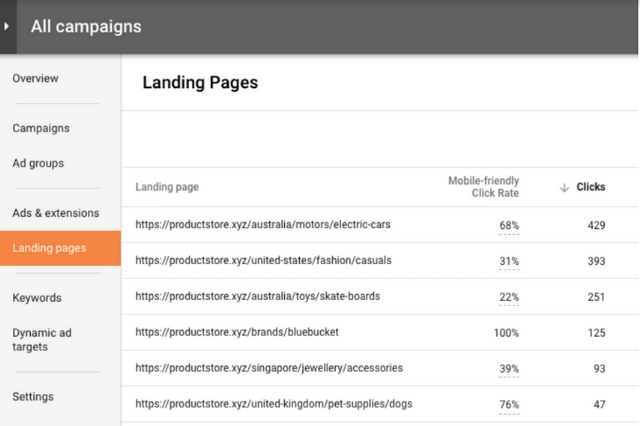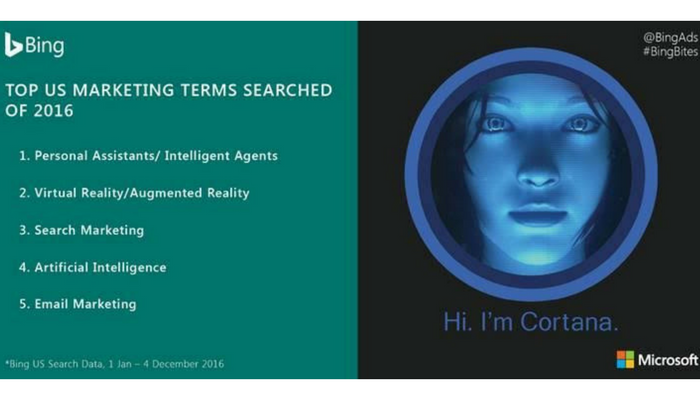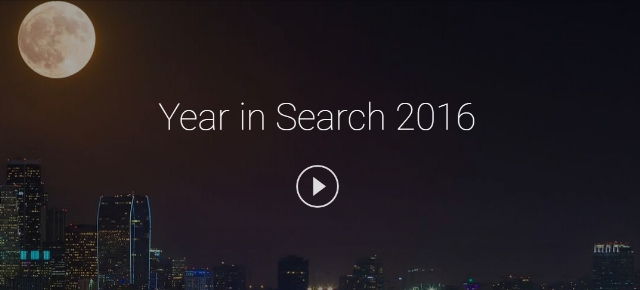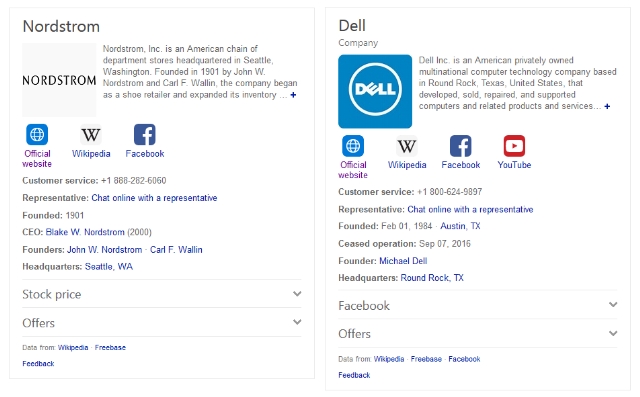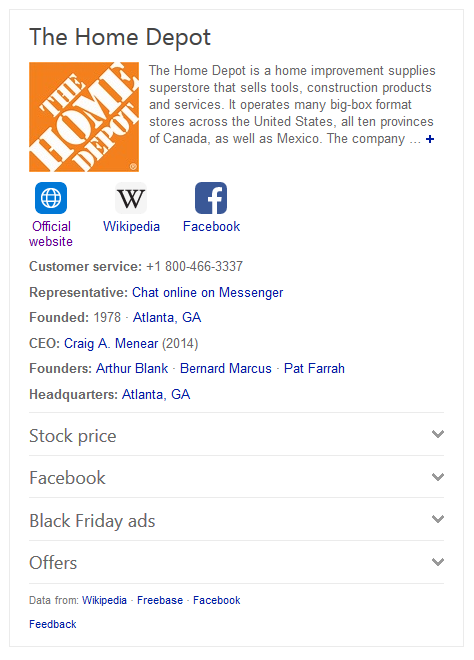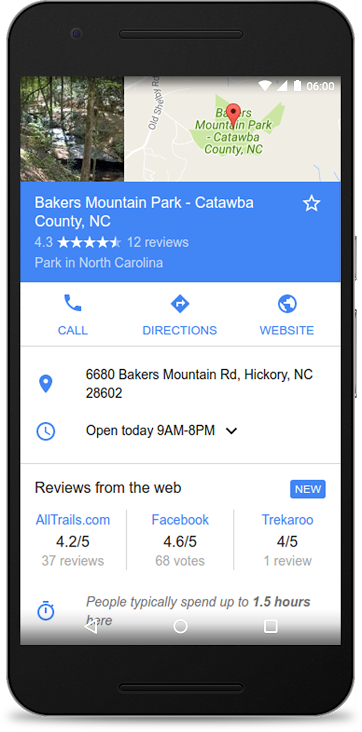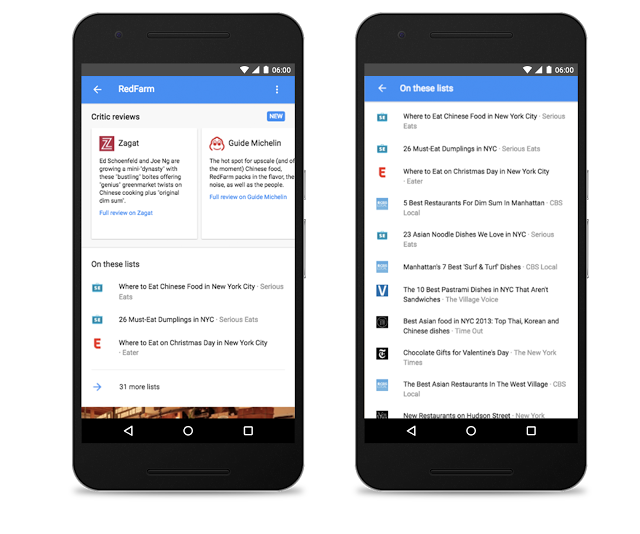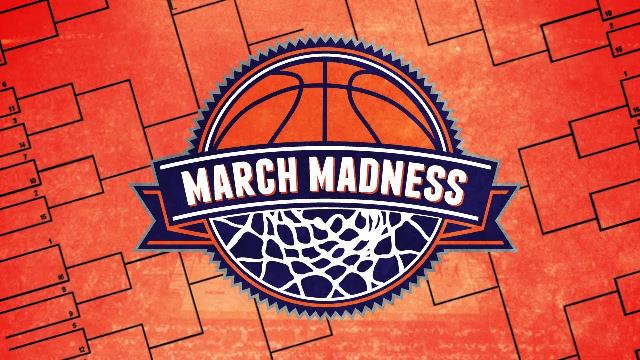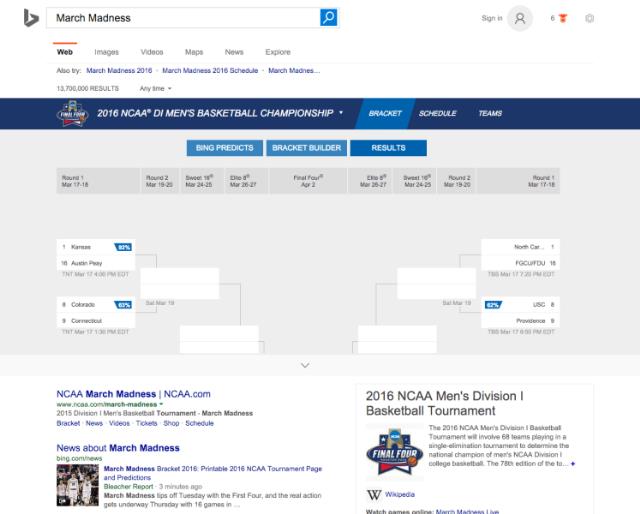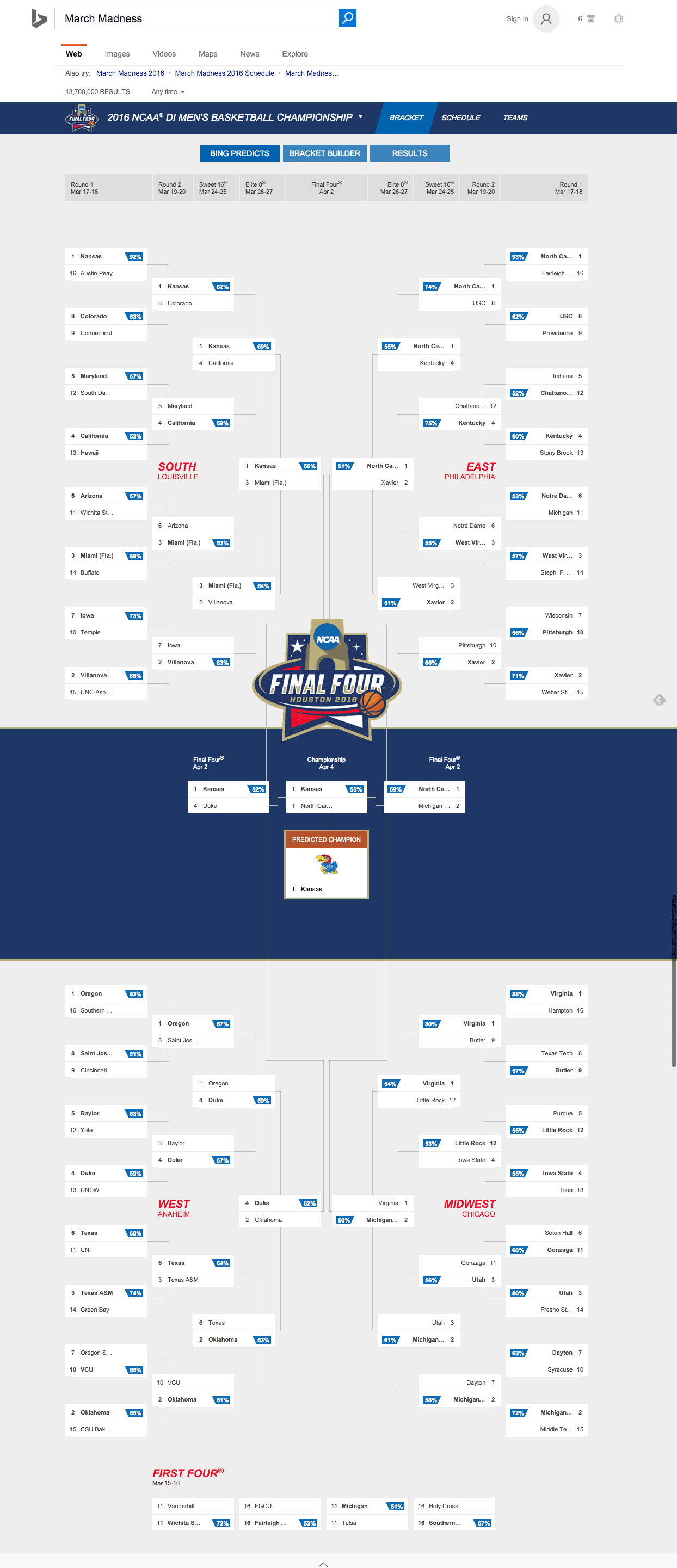Microsoft Ads is launching a new feature that allows advertisers to dynamically tailor their ad messages to viewers called Dynamic Descriptions for Dynamic Search Ads.
The feature expands on the already introduced ability to deliver targeted headlines in Dynamic Search Ads, making it possible to serve ads that are hyper-targeted for a person’s interests and immediate intent.
What Are Dynamic Descriptions?
The idea behind Dynamic Descriptions is to use automation to both speed-up managing complicated ad campaigns and improve relevancy for users.

It does this by using Microsoft Advertising’s Artificial Intelligence to generate a variety of ad descriptions which are continuously iterated upon and refined to consistently provide the best messages for every single person who sees your ads.
Microsoft has made the feature available starting today to advertisers who wish to try it out. Starting in April, the feature will become the default for Dynamic Search Ads unless advertisers choose to opt out. You will be alerted closer to April if this change will impact your ads via an email with instructions on how to opt out.
Who is Eligible To Use Dynamic Descriptions?
Currently, Dynamic Descriptions are available to advertisers in five markets:
- USA
- Canada
- United Kingdom
- France
- Germany
However, the feature is not available to those in sensitive or adult markets, such as Pharmaceuticals, Financial Services, etc.


